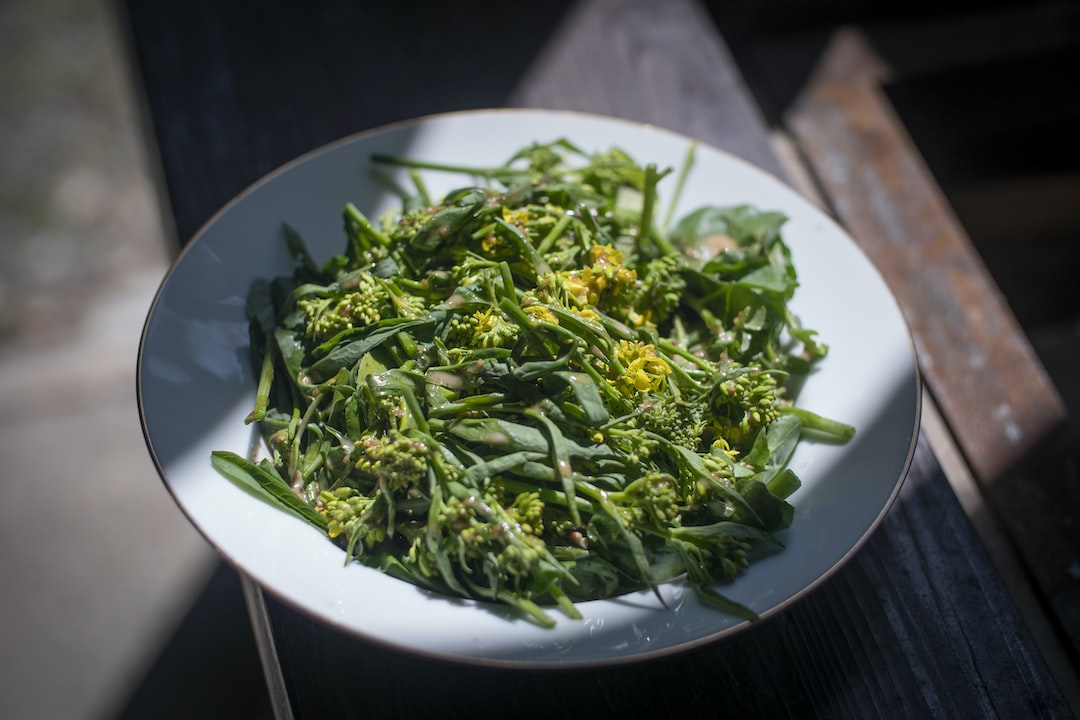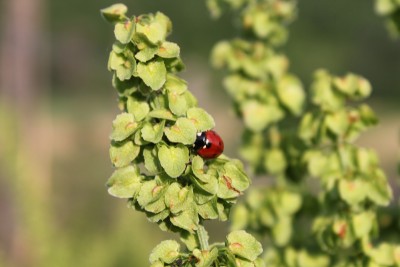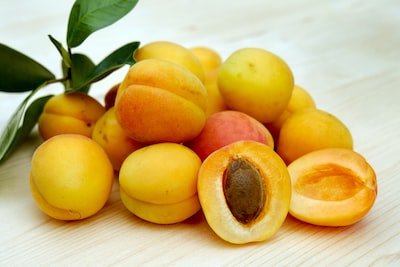Growing Milkweed to Attract Monarchs and Garden Pollinators

Growing Milkweed
Growing milkweed attracts monarch butterflies, boosts backyard biodiversity and supports pollinators like bees and hummingbirds. Begin by selecting native milkweed species suited to your area, planting seeds in well-draining soil under full sun. Water generously during dry spells, and you'll watch monarch caterpillars munch happily all season. Ready to transform your garden into an insect-friendly oasis? Here's how.
Milkweed Growing Cheatsheet for Monarchs & Pollinators
🌱 Selecting Ideal Varieties
- Common Milkweed (Asclepias syriaca): Hardy, drought-tolerant, fragrant blooms.
- Swamp Milkweed (Asclepias incarnata): Best for wet soils, pink blossoms.
- Butterfly Weed (Asclepias tuberosa): Compact, vibrant orange, drought-resistant.
- Showy Milkweed (Asclepias speciosa): Large pink flowers, supports many pollinators.
☀️ Sun & Soil Essentials
- Plant in full sun (6+ hours daily).
- Well-draining soil with neutral pH.
- Mix compost to enrich nutrients.
📅 Timing & Planting
- Sow seeds indoors 6–8 weeks before last frost (55–75°F / 13–24°C).
- Transplant seedlings outside after frost risk passes.
- Space plants 12–18 inches (30–45 cm) apart.
- Water deeply after planting.
💦 Maintenance & Care
- Water regularly during first season; reduce once established.
- Avoid chemical pesticides to protect monarch caterpillars.
- Prune dead stems in early spring.
🐛 Attracting Monarch Butterflies
- Grow multiple milkweed plants together for easy butterfly visibility.
- Pair with nectar-rich native flowers (e.g., coneflower, bee balm, goldenrod).
- Leave caterpillars undisturbed; they'll consume leaves but plants recover fast.
🛠 Tools & Products You'll Need
- Quality gardening gloves
- Hand trowel and pruning shears
- Compost or organic soil amendments
- Watering can or garden hose with gentle spray nozzle
- Seedling trays and starter mix (for indoor starts)
📊 Did You Know?
A single monarch butterfly may lay up to 500 eggs exclusively on milkweed plants, essential to their survival and migration.
🍃 Self-Sufficiency Tip
Harvest dried seed pods in autumn to propagate more milkweed plants next spring, supporting ongoing pollinator habitats.
Why Milkweed Matters for Monarch Butterflies
Watching monarch butterflies flit elegantly among garden blooms is pure bliss. Yet, these majestic insects face dwindling numbers.
Loss of habitat and milkweed shortages spell tough times for monarch populations. The good news? Growing milkweed in your garden turns your backyard into an inviting monarch habitat.
Milkweed provides monarch larvae with their only food choice. Adult butterflies sip nectar from many plants, but their caterpillars depend strictly on milkweed leaves.
According to the U.S. Fish and Wildlife Service, monarch butterfly numbers across North America have plummeted by more than 80 percent in the past two decades.
I still vividly remember planting my first milkweed patch years ago. It quickly transformed a sleepy corner into a symphony of fluttering wings and buzzing pollinators.
Selecting Milkweed Varieties
Milkweed species vary significantly in habit, appearance, and suitability. Choose varieties native to your region for best results, vigorous growth, and optimal monarch attraction.
- Common milkweed (Asclepias syriaca): The classic monarch caterpillar favorite, sturdy and vigorous, thrives in North American climates from USDA zones 3-9.
- Butterfly weed (Asclepias tuberosa): Striking orange flowers, compact growth habit, drought-tolerant, and attractive to pollinators beyond monarchs. Hardy from zones 3 through 10.
- Swamp milkweed (Asclepias incarnata): Ideal for damper soils, grows tall with delicate clusters of pink blossoms, reliably flourishes in zones 4-9.
- Showy milkweed (Asclepias speciosa): Silvery-green foliage, softly fragrant pink to lavender flowers, especially suited for western United States growing conditions, hardy in zones 3-9.
I recommend starting your garden with two or more species. Monarch females prefer laying eggs across multiple plants rather than a lone milkweed specimen, increasing caterpillar survival rates substantially.
Cultivating Milkweed Successfully
Ideal Soil and Sunlight Conditions
Milkweed prefers well-draining soil, so aim to mimic its natural meadow or open field setting. Heavy clay soils benefit from incorporating compost to enhance drainage.
Most species luxuriate in full sun—six hours or more daily ensures robust growth and plentiful flowering. In my garden, milkweed placed in partial shade languishes, while those placed directly under the sun thrive and attract clouds of pollinators.
Planting and Watering Tips
Plant milkweed seeds directly outdoors in autumn or early spring; the chill period helps germination. Place seeds approximately 1/4 inch (6 mm) deep and water thoroughly.
Once established, mature milkweed demands minimal watering—once per week is sufficient during particularly dry conditions or heatwaves above 85°F (29°C).
Maintenance Advice
Pinch back common milkweed by mid-season if it threatens dominance, though spare swamp milkweed and butterfly weed from any trimming, as their growth and blooms follow their own natural rhythms.
Refrain from pesticides near any pollinator-friendly planting; this preserves vital insects and maintains healthy ecological balance.
Milkweed: A Magnet for More Than Monarchs
You'll quickly notice more than monarchs participating in milkweed appreciation. Bees, hummingbirds, swallowtail butterflies, and even ladybugs congregate around these blossoms.
The Xerces Society reports that milkweed attracts over 450 species of pollinators and other beneficial insects.
This added biodiversity boosts the overall health and productivity of your garden. During peak flowering seasons, I stroll among my milkweed plants, captivated by the incredible diversity of winged visitors.
A Few Insights About Milkweed Toxicity
Milkweed sap contains cardenolides—a natural toxin making monarch butterflies taste unpleasant to predators. Handle milkweed carefully to avoid skin and eye irritation; gloves come recommended, especially during pruning.
If you have pets grazing in your garden, plant milkweed in areas inaccessible to curious nibblers.
Transform Your Garden into a Monarch Haven
Witnessing monarch butterflies laying eggs, caterpillars voraciously munching leaves, and chrysalises delicately hanging from milkweed leaves remains one of gardening's purest delights. Growing milkweed offers a profound feeling of participation in flourishing biodiversity right outside your door.
So plant those seeds, tend your milkweed patch, and old-growth meadows filled with fluttering monarch butterflies may just spring to life in miniature—your very own garden paradise.
Frequently Asked Questions about Growing Milkweed
Which type of milkweed attracts monarch butterflies best?
Common Milkweed (Asclepias syriaca) and Swamp Milkweed (Asclepias incarnata) typically attract monarch butterflies successfully. Common milkweed thrives in dry, sunny spots, while swamp milkweed favors moist or damp soil. Planting different varieties can significantly increase butterfly visits and egg-laying.
How much sunlight does milkweed require?
Milkweed plants flourish under full sun conditions, requiring 6 to 8 hours of direct sunlight daily. Adequate sunlight ensures vigorous growth and abundant blooms, making the plants more enticing to butterflies and beneficial insects.
What soil conditions are optimal for growing milkweed?
Milkweed grows best in well-draining soil. Common milkweed tolerates poor, sandy, or rocky soils, whereas swamp milkweed prefers consistently moist and rich soil. Incorporating organic matter, like compost, can improve soil structure and drainage for sustained plant health.
When is the ideal time to plant milkweed seeds?
In temperate climates, plant milkweed seeds directly outdoors in late fall to allow natural cold stratification, improving germination rates. Alternatively, cold-stratify seeds indoors for 4 to 6 weeks in the refrigerator before sowing in early spring.
How frequently should milkweed plants be watered?
After planting, water milkweed regularly until established, approximately once a week. Established plants require minimal watering; however, swamp milkweed may need consistent moisture during prolonged dry periods. Aim for roughly 1 inch (2.5 cm) of water per week during dry spells.
Do milkweed plants need fertilizer?
Typically, milkweed thrives without supplemental fertilizer, particularly in nutrient-rich soil. Excessive fertilization can encourage lush foliage but reduce flowering. If growth seems slow, add a balanced, slow-release organic fertilizer sparingly in early spring.
How do you manage aphids and pests on milkweed?
Aphids frequently visit milkweed but rarely cause lasting harm. Encourage beneficial insects like ladybugs and lacewings by limiting pesticide use. If aphid populations grow large, gently hose them off with a stream of water or wipe them away manually to maintain plant health and butterfly safety.
Should milkweed be trimmed or pruned during the growing season?
Trimming milkweed promotes bushier growth and fresh foliage. Prune plants back slightly in late spring or early summer if they become leggy. After monarchs migrate in autumn, cut back stalks to about 6 inches (15 cm) to keep plants tidy and healthy for next season.
How can milkweed plants be propagated?
Milkweed propagates easily through seeds or root cuttings. Harvest mature seed pods when dry, then sow or cold-stratify seeds. Alternatively, take root cuttings in spring by dividing established root systems, planting the segments into prepared soil, and watering consistently until established.
Are milkweed plants harmful to pets or livestock?
Milkweed contains toxic compounds that can affect pets or livestock if consumed in large quantities. Plant milkweed safely away from grazing animals and supervise pets around garden beds. Clearly marking the area can help prevent accidental ingestion.
Growing milkweed isn't complicated; it's about planting with intention. It's dirt under your nails, sun on your neck, and inviting vibrant monarchs and useful pollinators to your space. By choosing native varieties suited to your zone, practicing organic care, and resisting pesticides, you give your garden—and pollinators—a fighting chance. Milkweed transforms simple gardening into meaningful stewardship, connecting you and your backyard closer to nature's rhythms. Plant thoughtfully, garden honestly, and watch life flourish.
The Prepper's Guide to Milkweed: Self-Sufficient Pollinator Gardening
Edible and Medicinal Uses
- Young Pods (2–5 cm / 0.75–2 in): Harvest early summer; boil thoroughly, discard water, then sauté or pickle for nutritional vegetable alternative.
- Shoots and Leaves: Gather under 15 cm (6 in); blanch twice, consume cooked for vitamins A, C, and vital minerals.
- Milkweed Sap: Apply externally as wart or insect bite remedy; avoid oral ingestion due to mild toxicity.
- Root Decoction: Historically steeped as tea substitute; use sparingly and cautiously.
Fiber and Cordage Production
- Stem Fibers: Harvest mature stalks late autumn, strip bark, dry thoroughly; twist fibers into strong, durable cordage for garden or emergency use.
- Seed Fluff: Collect fully ripened seed pods in autumn; fluff provides excellent fire-starting tinder and insulation material.
Milkweed for Pollinator Food Security
Milkweed plants attract monarch butterflies, bees, hummingbirds, and beneficial pollinators, significantly increasing crop productivity and yields by up to 30%.
Pest Resistance and Companion Planting
- Pair milkweed with legumes and herbs (sage, thyme) to naturally deter aphids and harmful insects.
- Milkweed's deep taproots break compacted soil layers, improving nutrient absorption for nearby edible crops.
Long-Term Seed Storage Tips
- Dry milkweed seeds completely; store in airtight glass jars or vacuum-sealed packets placed in cool, dark spaces, maintaining viability for 3–5 years.
- Extend seed shelf life to 10+ years by refrigeration at 2–5°C (35–41°F).
Heading 1
Heading 2
Heading 3
Heading 4
Heading 5
Heading 6
Lorem ipsum dolor sit amet, consectetur adipiscing elit, sed do eiusmod tempor incididunt ut labore et dolore magna aliqua. Ut enim ad minim veniam, quis nostrud exercitation ullamco laboris nisi ut aliquip ex ea commodo consequat. Duis aute irure dolor in reprehenderit in voluptate velit esse cillum dolore eu fugiat nulla pariatur.
Block quoteOrdered list
- Item 1
- Item 2
- Item 3
Unordered list
- Item A
- Item B
- Item C
Bold text
Emphasis
Superscript
Subscript
Find out which plants will thrive in your garden!
Answer a few fun questions and get custom plant recommendations perfect for your space. Let’s grow something amazing together!

start your season





